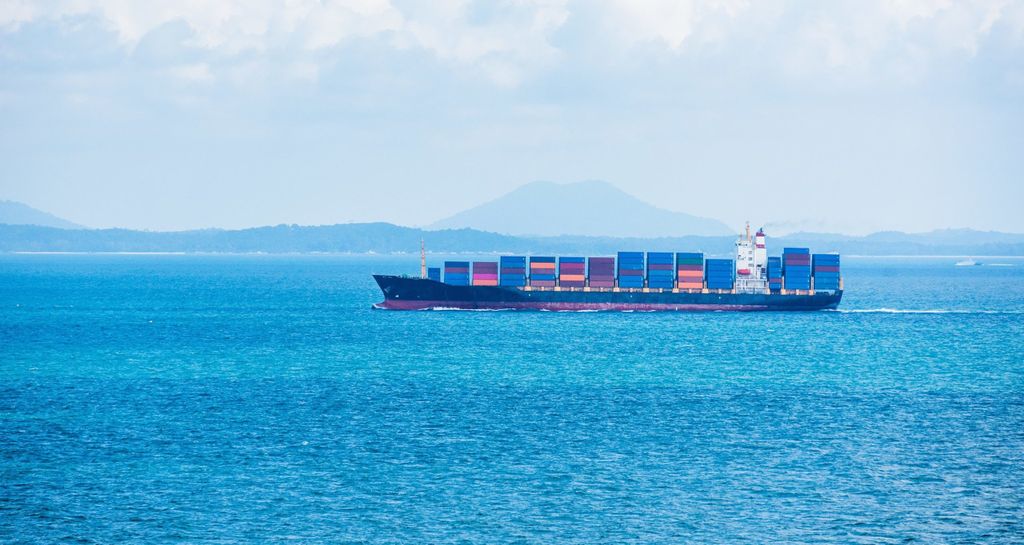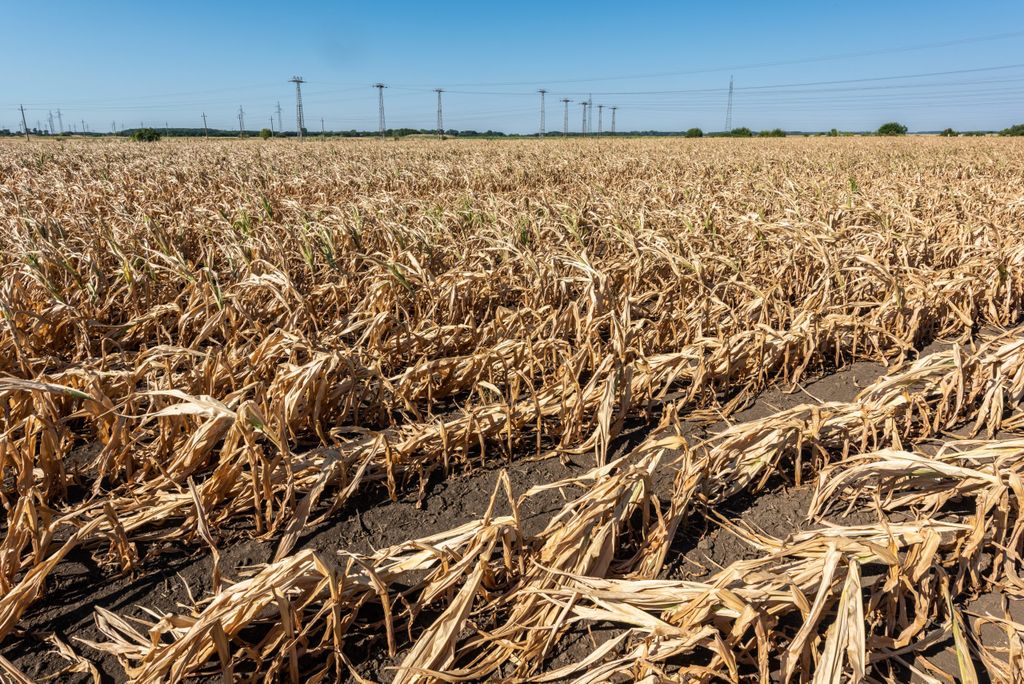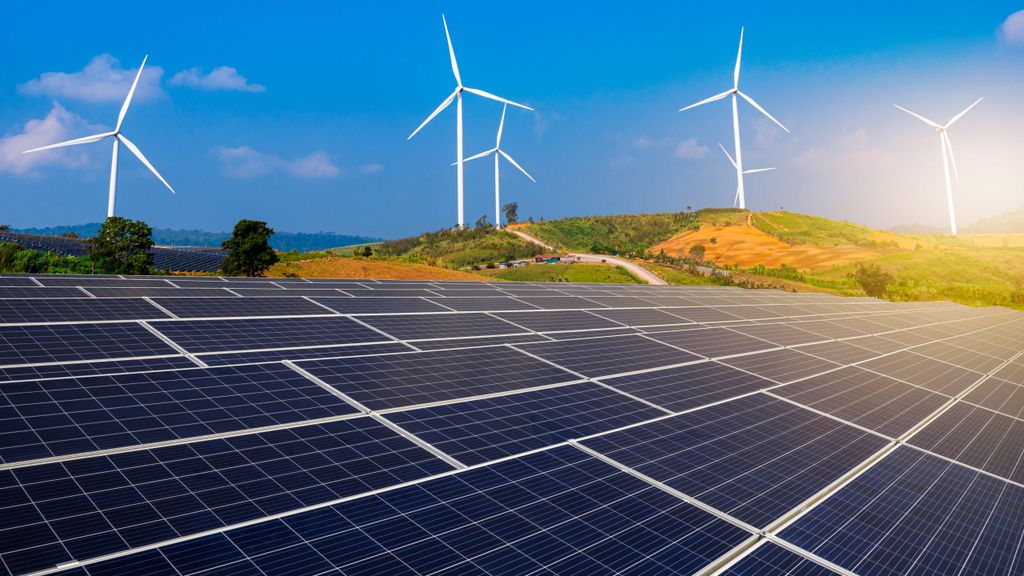A bold vision for a climate-neutral and competitive Europe
Next event In person & livestreamed

- Area of Expertise
- Climate, Energy & Natural Resources
Climate, Energy & Natural Resources

European Director at the International Union for the Conservation of Nature (IUCN)
This article is part of Friends of Europe’s latest discussion paper ‘The overlooked side of the ecological transition’, available here.
Nature-based solutions, such as restoring and protecting wetlands and forests, can provide over one-third of the climate change mitigation needed by 2030. The current annual mitigation effect of EU forests via contributions to the forest sink, material substitution and energy substitution is estimated at 569 Mt CO2/year, or 13% of total current EU emissions. With the right set of incentives in place at the EU level, as well as at the member state level, Europe has the potential to achieve an additional combined mitigation impact, through the implementation of sustainable management practices and the creation of forest resilience, of 441 Mt CO2/year by 2050.
Conserving and restoring forest landscapes is not only a cost-effective way to mitigate climate change, it also provides many other benefits to society. Healthy forests filter sediment and pollutants from rainwater runoff, protecting the quality of rivers and lakes, including drinking water sources. Restoring forest ecosystems, with appropriate species and connectivity between habitats, is critical for biodiversity – approximately 29% of assessed forest species are threatened with extinction, according to the International Union for Conservation of Nature’s (IUCN) Red List of Threatened Species.
The Global Assessment Report on Biodiversity and Ecosystem Service, published in May 2019, states that nature across most of the globe has been significantly altered by multiple human drivers. The great majority of indicators point to a rapid decline of ecosystems and biodiversity worldwide. To illustrate the scope of these alterations, 75% of the planet’s land surface has been significantly altered, 66% of the world’s oceans are experiencing increasing cumulative impacts and over 85% of wetlands have been lost.
From 2010 to 2015, 32mn hectares of primary or recovering forest was lost across much of the highly biodiverse tropics. Finding innovative ways to manage and restore forests to absorb carbon dioxide – to name one of the wide range of benefits gained from abundant forests – is crucial if we are to meet the goals of the Paris Agreement.
The policy decision should be very straightforward: invest in nature-based solutions
Forests are increasingly threatened by a variety of pressures, including deforestation, land-use change and invasive alien species. They are further endangered by severe droughts and wildfires that are made worse by climate change. Sweden, for example, experienced extreme forest fires in the summer of 2018.
Unfortunately, wetlands worldwide are also under threat. 35% of the world’s wetlands have been lost since 1970 and their degradation continues. Wetlands act as important sources and purifiers of water. They also provide protection from floods, droughts and other natural disasters, provide food and livelihoods to millions of people, support rich biodiversity, and store more carbon than any other ecosystem. Yet, the value of wetlands remains largely unrecognised by policy- and decision-makers, according to the 2018 Global Wetland Outlook. One of the recommendations from the UN’s Intergovernmental Panel on Climate Change is to restore nature, which creates an efficient solution to take up atmospheric carbon by using vegetation, wetlands and soil.
How nature can make the difference
Terrestrial ecosystems store four times more carbon than the atmosphere. Thus, the policy decision should be very straightforward: invest in nature-based solutions. After all, clean energy and other climate technologies alone will not be sufficient to reduce greenhouse gas emissions at the scale and speed set out in the Paris Climate Agreement. A nature-based approach would provide an important asset to keep temperatures from rising two degrees.
Along with existing efforts to improve the ecological impact of energy, industry and transport systems, we need to drastically change the way that we use land. Nature is not an alternative to decarbonising our energy systems. Rather, it is an essential part of our overall climate mitigation strategy that provides multiple adaptation benefits. We need to scale nature-based solutions up.
To turn these ideas into actions, there is a need for investment in maintaining, restoring and enhancing the functions of ecosystems around the world
A new campaign, Nature4Climate, was launched at COP24 in Katowice last year. Its mission is to catalyse global enthusiasm for drawing down carbon by restoring ecosystems and to raise awareness for the single most undervalued and underfunded tool for climate mitigation.
If we get nature right, it will help provide decent work and prosperity for thousands of small- and large-scale communities around the world. As the World Wildlife Foundation’s (WWF) Living Planet Index showed last year, nature is worth an estimated $125tn. Compared to the $80tn that made up the Gross World Product in 2017, it is clear that at a global scale, about half of the world’s population relies on nature for their jobs and their livelihoods.
A systems approach that recognises the value of nature and integrates it across business sectors, as well as the development of business models that reduce pressure on natural resources, will pave the way for sustainable transition. To turn these ideas into actions, there is a need for investment in maintaining, restoring and enhancing the functions of ecosystems around the world. We need to join forces and create new knowledge together across sectors and disciplines, breaking down siloes.
In Europe, there is great potential for restoration of degraded land contributing to the Bonn Challenge
Investing in nature-based solutions for a sustainable future
Nature-based solutions can support transformational change in both urban and rural landscapes; and there are many powerful initiatives that lead the way. For example, the City of Paris established a climate bond to finance climate and energy projects. The total size of the bond is €300mn, with a run time that lasts until May 2031.
The bond aims to attract private investors who consider investing in Paris’ sustainability to be a secondary advantage. In return for their contributions, they will receive a profit rate of 1.75% per year. 20% of the climate bond funds have been assigned to adaptation projects. Two projects with a climate adaptation objective have been included in the bond and are currently being implemented: planting 20,000 trees in the city and creating 30 hectares of new parks by 2020.
IUCN supports countries in implementing restoration programmes and landscape-level strategies, as part of the Bonn Challenge – a global effort to bring 150mn hectares of the world’s deforested and degraded land into restoration by 2020, and 350mn hectares by 2030. The Forest Landscape Restoration approach used to restore ecological integrity improves human well-being by increasing access to multifunctional landscapes. By 2020, it will create approximately $84bn per year in net benefits, which could bring direct additional income opportunities, for rural communities. Additionally, achieving the 350mn hectare goal will generate an additional $170bn per year in net benefits from watershed protection, improved crop yields and forest products. It could also sequester up to 1.7 gigatonnes of carbon dioxide annually.
In Europe, there is great potential for restoration of degraded land contributing to the Bonn Challenge. To date, only Scotland has committed a pledge. IUCN looks forward to working with the European Commission and EU member states to bring a considerable commitment to the table in 2020.
Nature-based solutions will feature prominently at the IUCN World Conservation Congress in June 2020, the largest and most inclusive nature conservation forum in the world. It sets priorities and drives conservation and sustainable development action. IUCN’s network of more than 1,300 government, civil society and indigenous peoples’ member organisations, as well as thousands of partners from around the world, will discuss and decide on actions that will inform humanity’s relationship with its planet for decades to come. This ambition comes at a critical moment which calls for the formation of new alliances and partnerships that give nature the place it deserves in making the transition to a sustainable, zero carbon future.
Next event In person & livestreamed

Past event In person & livestreamed

Past event In person & livestreamed

Past event In person & Livestreamed





Stay informed
We use cookies and similar technologies to adjust your preferences, analyze traffic and measure the effectiveness of our campaigns. Learn more about our privacy policy.